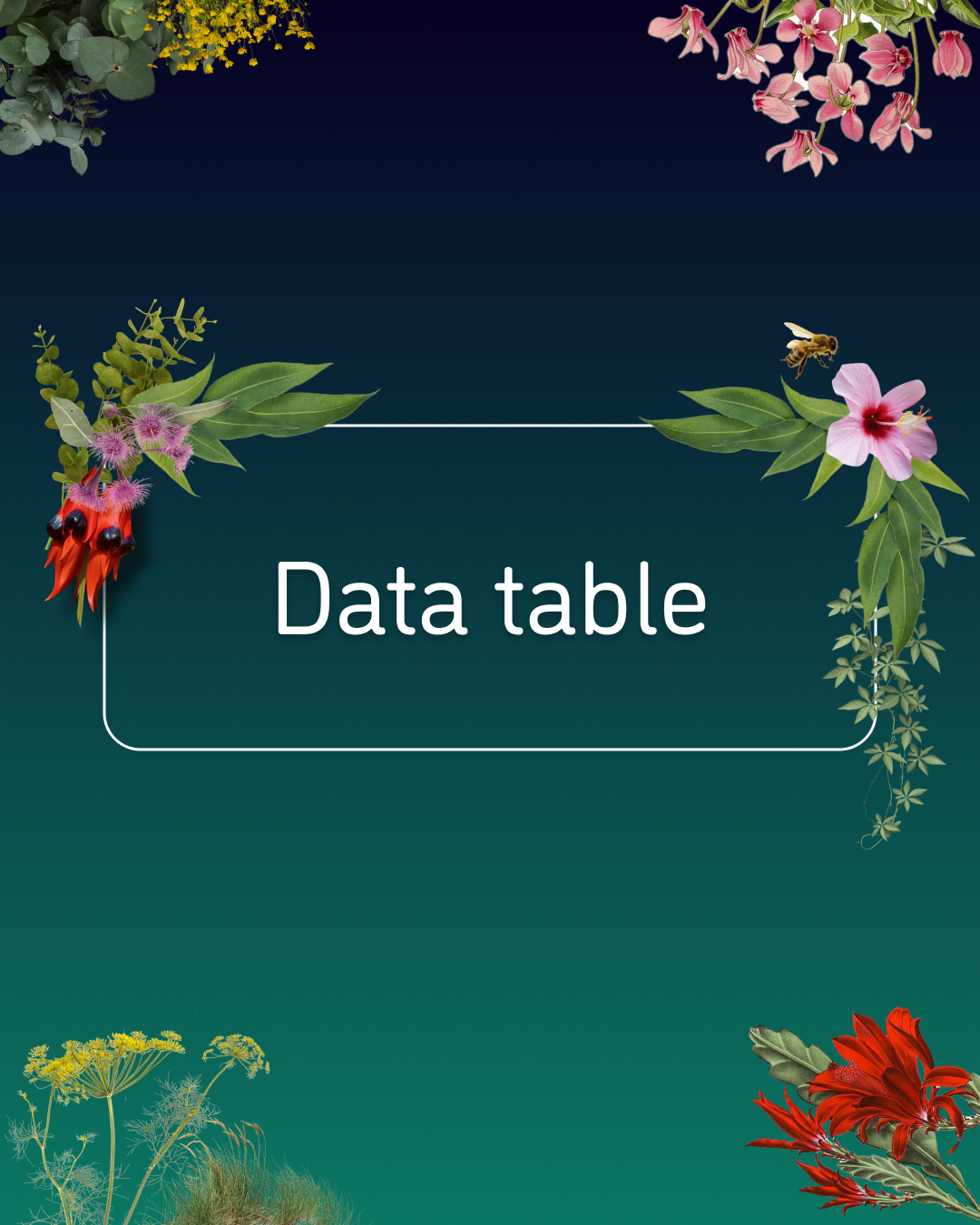The maths of carbon
In this lesson, students will view a clip from 2040 and examine data related to CO2 in the atmosphere.
United Kingdom , Ireland
Data Table , Worksheet , Fact sheet


Overview
In this lesson, students will view a clip from the documentary 2040 and examine data related to CO2 in the atmosphere. They will participate in a whole class graphing activity to explore how CO2 levels have changed over time. Students will then calculate percentages from ‘parts per million’.
Finally, students will reflect on the implications of rising CO2 in the atmosphere and be introduced to the concept of carbon ‘drawdown’.
- Students will understand that Carbon Dioxide is a gas that naturally exists, although in very small proportions, as a component of Earth’s atmosphere
- Students will learn how atmospheric gases (such as CO2) are measured in ‘parts per million’ and also how to convert parts per million into a percentage measurement
- Students will learn how to construct, and interpret a time series graph and use appropriate vocabulary to explain the changes in a given quantity or phenomena over time
Credits and acknowledgements:
Curriculum material has been developed and written by Cool.org. UK curriculum edits and mapping has been by Together Films.
Cool.org, GoodThing Productions and Regen Studios would like to acknowledge the generous contributions of Good Pitch Australia, Shark Island Institute, Documentary Australia Foundation, The Caledonia Foundation, Global Health Film and our philanthropic partners in the development of these teaching resources.
Watching the film
Watch the full film with your class by filling in this form. If you have any questions, please contact the Together Films team at [email protected]
By purchasing an educational screening license of 2040, schools can use the film for several types of screenings such as; screenings in classrooms (both in-person and virtually), screenings with pupils and parents, and screenings for fundraising purposes.
Curriculum mapping
Mathematics Year 5
- They begin to decide which representations of data are most appropriate and why
- Count forwards or backwards in steps of powers of 10 for any given number up to 1,000,000
- Add and subtract whole numbers with more than 4 digits, including using formal written methods (columnar addition and subtraction)
Science Year 5
- Pupils should build a more systematic understanding of materials by exploring and comparing the properties of a broad range of materials
- Planning different types of scientific enquiries to answer questions, including recognising and controlling variables where necessary
- Recording data and results of increasing complexity using scientific diagrams and labels, classification keys, tables, scatter graphs, bar and line graphs
- Pupils should study and raise questions about their local environment throughout the year
- They should find out about the work of naturalists and animal behaviourists, for example, David Attenborough and Jane Goodall (& we recommend Damon Gameau!)
Mathematics Year 6
- Pupils both encounter and draw graphs relating 2 variables, arising from their own enquiry and in other subjects
- Recall and use equivalences between simple fractions, decimals and percentages, including in different contexts
- Multiply one-digit numbers with up to 2 decimal places by whole numbers
- Use written division methods in cases where the answer has up to 2 decimal places
- Use their knowledge of the order of operations to carry out calculations involving the 4 operations
Science Year 6
- Recording data and results of increasing complexity using scientific diagrams and labels, classification keys, tables, scatter graphs, bar and line graphs
What you'll need
- Lesson materials
- A device capable of presenting a video to the class.
- Tall glass with 10 increments on it, marked as a scale from 0 to 100 (ie, going up by 10s).
- Jug of water,
- coloured liquid or coloured rice.
- Whiteboard and markers.
- Sticky notes – 1 pad.
- Large, blank wall space OR whiteboard OR window (with room for students to move around in front).
- Chalk or non-permanent marker (to write on wall/board/window).
Lesson materials
More from this unit

Stay informed and inspired
Sign up to receive the latest updates and inspiring stories in your inbox.
By subscribing you agree to with our Privacy Policy
Subscription error. Please try again!
Great! You're all signed up
Check your email to confirm your subscription and get ready to dive into the latest.
We acknowledge the Traditional Owners of the land on which we live, work and play. We support the Uluru Statement from the Heart and welcome the introduction of a First Nations Voice to Parliament. We recognise their deep spiritual and cultural connections to Country and their role in caring for and Basetaining Country. We acknowledge that this land, of which we are beneficiaries, was never ceded. We are especially grateful for the contributions of the many First Peoples involved in our projects and their generosity in sharing their culture and knowledge with us. We pay our respects to Elders past, present and future. Aboriginal and Torres Strait Islander peoples should be aware that this website may contain images, voices or names of deceased persons in photographs, film, audio recordings or text.
Thank you to our Philanthropic Partners:




APS Bloom Funding Circle
Prior Family Foundation
Nick & Sandra Fairfax
Lisa Barlow








-
© 2024 Regenerators. All rights reserved. Platform by Speckle Digital.






